Conservation Legacy
Part of Theodore Roosevelt Memorial.
"There is [no question] which compares in importance with the great central task of leaving this land even a better land for our descendants than it is for us," said Roosevelt. Today, scientists at the American Museum of Natural History and other organizations continue Roosevelt's legacy to conserve the environment for future generations."
Why Work In Conservation? AMNH's Chris Filardi believes conservation work extends beyond the natural world.
© AMNH
© AMNH
© AMNH
© AMNH

IUCN Founded: Institutions from 18 countries form the first global environmental organization. The International Union for Conservation of Nature's Red List of threatened animals is used in species.
© AMNH
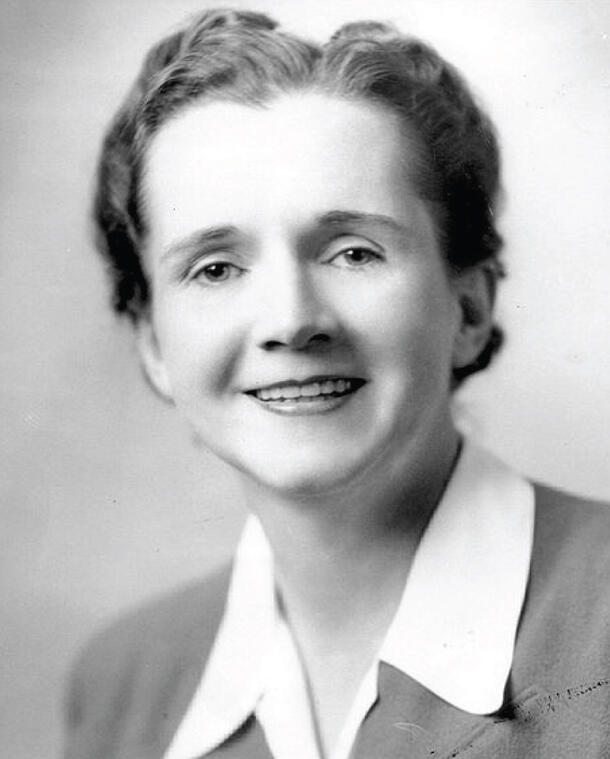
Silent Spring Published: Conservationist Rachel Carson alerts the public to the health dangers of agricultural pesticides, prompting tighter chemical industry regulation and, in 1972, the U.S. ban on DDT.
© AMNH

First Earth Day: Earth Day, celebrated annually worldwide to increase awareness of environmental issues, marks the beginning of the modern environmental education movement.
© AMNH
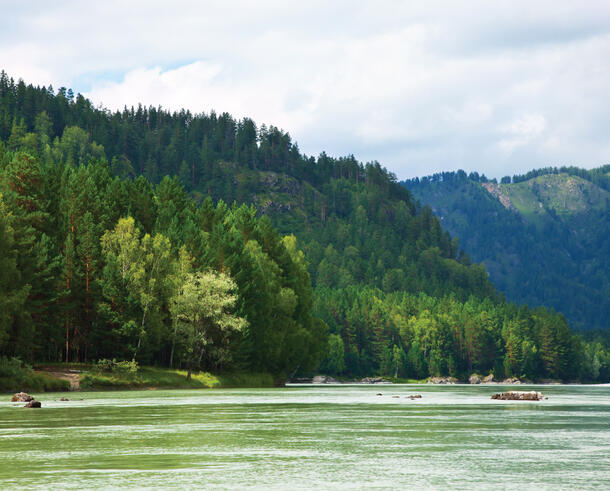
EPA Founded: The U.S. creates its first agency dedicated to protecting environmental health.
© AMNH
Narinder Kakar: In Stockholm, the U.N. holds its first major conference on international environmental issues.
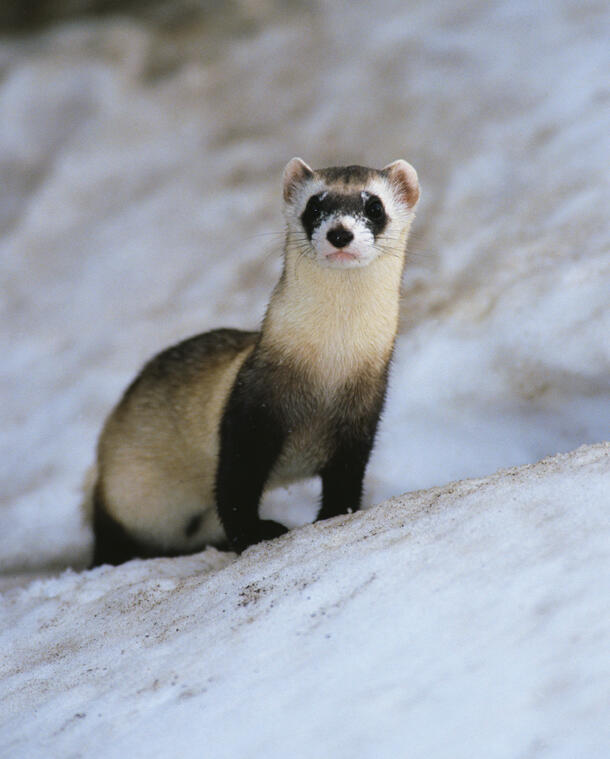
Endangered Species Act: Though Roosevelt and others made efforts to preserve some threatened species, this U.S. Act finalizes federal protection for endangered species.
© AMNH
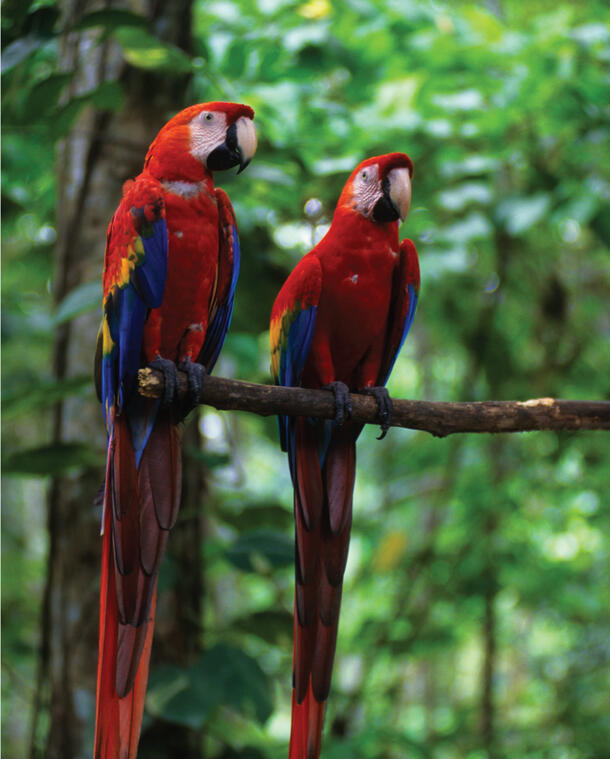
Regulating Trade of Species: 80 nations sign the "CITES" agreement, to ensure that international trade of wild animals and plants does not threaten their survival.
© AMNH
© AMNH
© AMNH
© AMNH
© AMNH
© AMNH
© AMNH
Jimmy Carter: Following in Roosevelt's footsteps, President Carter sets aside more than 100 million acres.
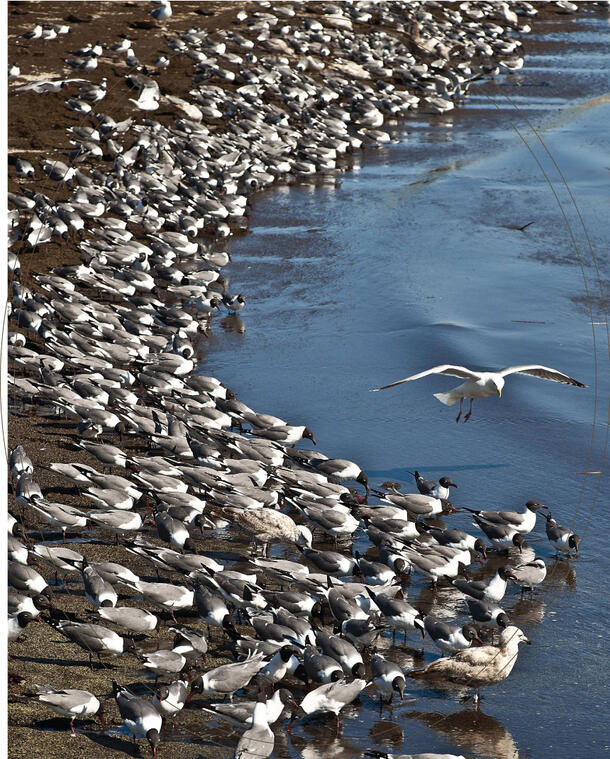
Conserving Migratory Birds: Shorebirds migrate up to 20,000 miles annually. With bird populations declining, agencies and organizations work to conserve habitats along international migration routes.
© AMNH
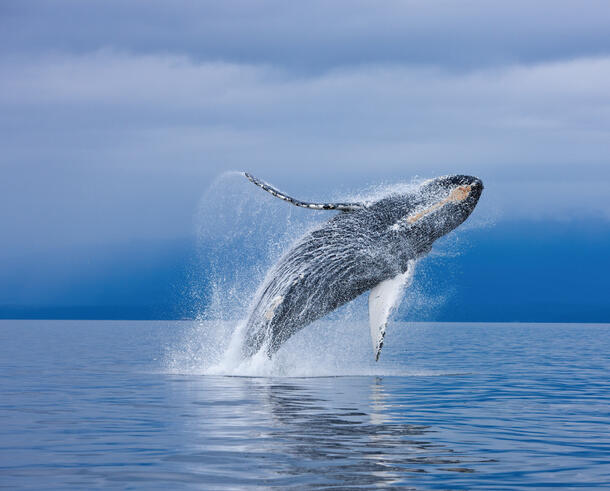
Ban on Whaling: The International Whaling Commission's ban on commercial whaling helps humpbacks (Megaptera novaeangliae) and other populations rebound.
© AMNH
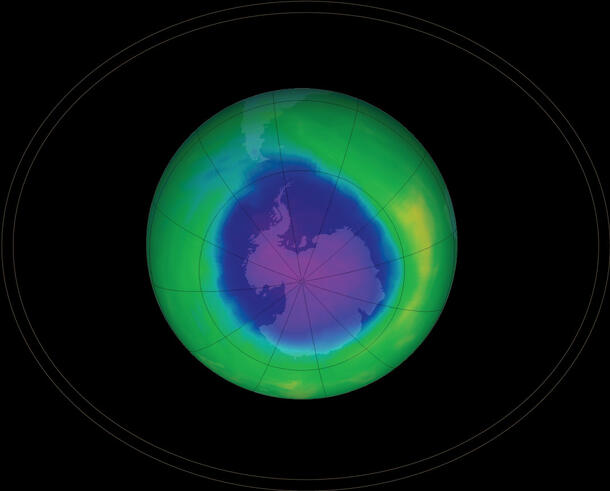
Montreal Protocol Signed: Scientists find Earth’s ozone layer, which blocks harmful UV rays, has an alarming “hole.” An international pact to ban ozone-depleting chlorofluorocarbons (CFCs) was a success; the ozone layer is recovering
© AMNH
© AMNH
© AMNH
© AMNH
© AMNH
© AMNH
Bill Clinton: During his administration, President Clinton makes conservation a priority.
© AMNH
© AMNH
© AMNH
© AMNH
© AMNH
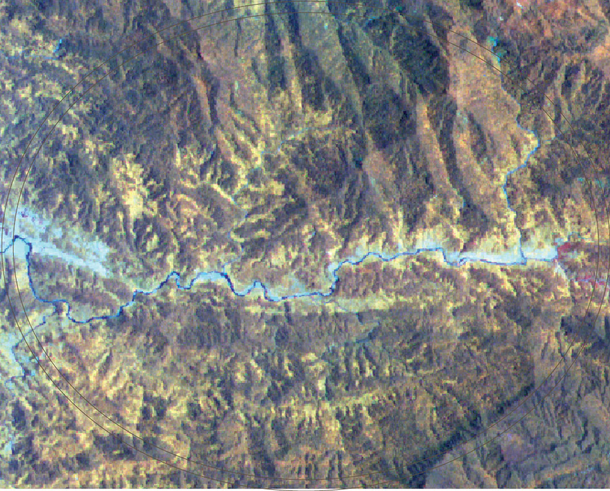
New Technologies: Researchers use satellite images to visualize land-cover changes (above, central Vietnam). The images help identify areas in need of protection, and provide a baseline for predicting future changes.
© AMNH
New Species: Dr. Norman Platnick leads a team inventorying the goblin spider family—and discovering new species.
Dirk Kempthorne: Dirk Kempthorne, Secretary of the Interior under President George W. Bush.
Wars Wreak Havoc: A 2007 report links decades of conflict in Sudan with deforestation, land degradation and unsustainable resource consumption. The country works to repair damage, but challenges remain.
© AMNH
© AMNH
© AMNH
© AMNH
© AMNH
© AMNH
© AMNH
© AMNH
Conserving Animals' Habitats: Climate change threatens many animals' habitats, pushing species to smaller and non-native areas.
New York City Goes Green: New York City implemented the ongoing PlaNYC initiative to address climate change, accommodate growing human populations and restore natural systems.
© AMNH
© AMNH
© AMNH
© AMNH
© AMNH
© AMNH
© AMNH
© AMNH
Future of Conservation: Today's global population faces continuing challenges, requiring multifaceted approaches.